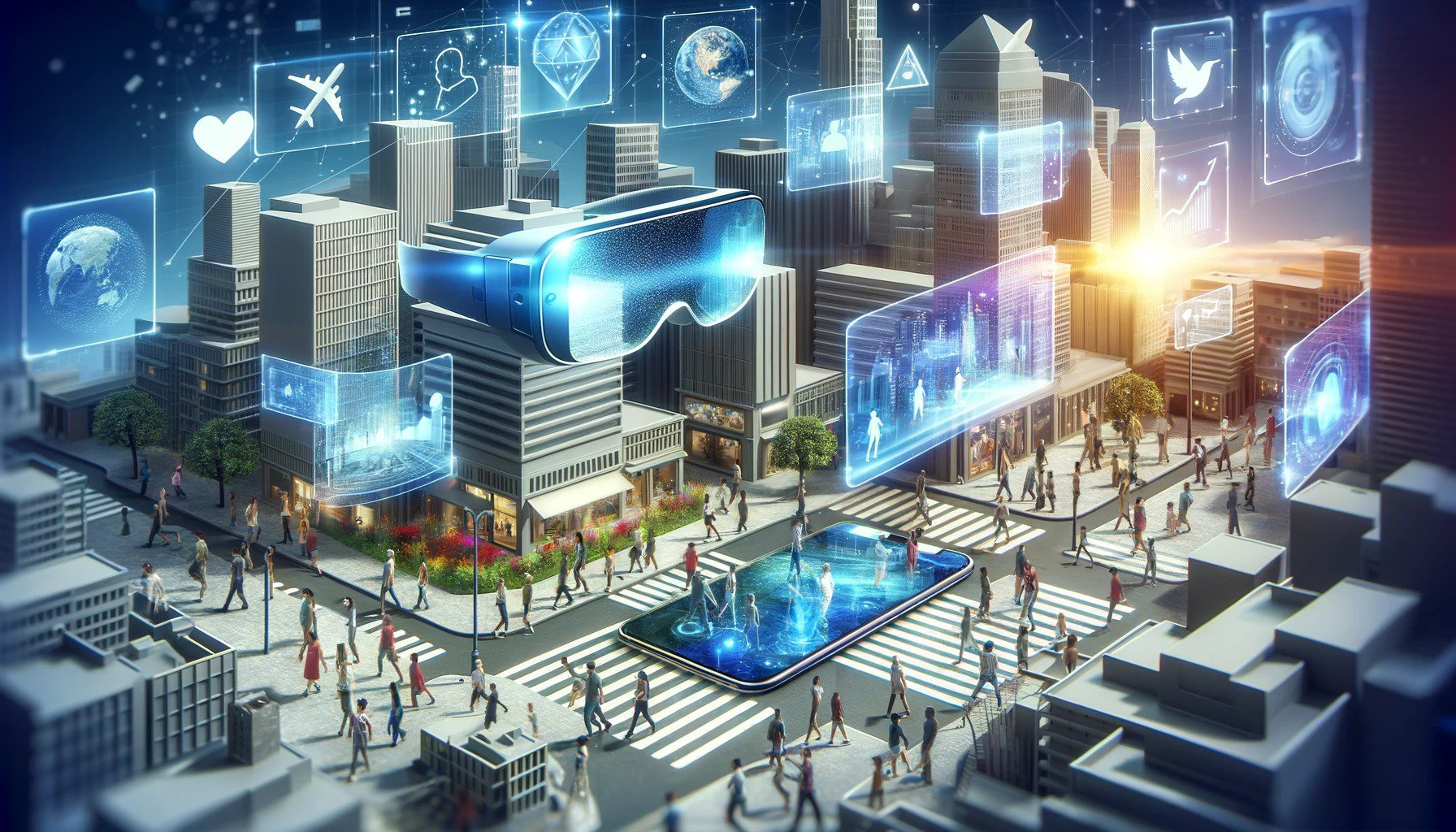Feb 20, 2024
Introduction
In the ever-evolving landscape of technology, spatial computing stands out as a game-changer, poised to revolutionize the way businesses interact and collaborate. While often associated with consumer applications like gaming and entertainment, the potential impact of spatial computing on B2B (business-to-business) interactions is profound. In this article, we'll explore how spatial computing is set to transform B2B relationships and reshape the future of business collaboration.
Understanding Spatial Computing:
Before we delve into its implications for B2B interactions, let's briefly define spatial computing. At its core, spatial computing merges the physical and digital worlds, enabling users to interact with digital content within their physical environment. This technology encompasses augmented reality (AR), virtual reality (VR), mixed reality (MR), and spatial mapping, offering immersive experiences that transcend traditional boundaries.
The Rise of Spatial B2B Interaction:
1. Enhanced Product Demonstrations:
Virtual Prototyping: Spatial computing enables businesses to showcase their products in immersive 3D environments, allowing potential clients to interact with virtual prototypes and visualize product features in real-time.
Remote Demonstrations: With spatial computing, businesses can conduct virtual product demonstrations regardless of geographical barriers, enabling sales teams to engage with clients globally without the need for physical presence.
2. Collaborative Design and Development:
Virtual Workspaces: Spatial computing platforms provide collaborative virtual workspaces where teams can ideate, design, and prototype products together in real-time, fostering creativity and streamlining the product development process.
Remote Collaboration: Distributed teams can leverage spatial computing for seamless remote collaboration, enabling real-time communication, file sharing, and interactive brainstorming sessions across different locations.
3. Immersive Training and Education:
Employee Training: Businesses can utilize spatial computing for immersive employee training programs, offering realistic simulations and interactive tutorials that enhance learning outcomes and improve skill retention.
Professional Development: Spatial computing enables businesses to provide ongoing professional development opportunities through virtual workshops, conferences, and training sessions, eliminating the need for travel and reducing costs.
4. Virtual Conferences and Trade Shows:
Virtual Exhibition Halls: Spatial computing platforms enable businesses to host virtual conferences and trade shows in immersive 3D environments, allowing participants to explore booths, attend presentations, and interact with exhibitors from anywhere in the world.
Networking Opportunities: Virtual networking features facilitate meaningful interactions between attendees, enabling businesses to forge new partnerships, exchange ideas, and explore collaboration opportunities in a virtual setting.
The Future of Spatial B2B Interaction:
As spatial computing continues to evolve, its impact on B2B interactions will only grow more significant. From enhancing collaboration and communication to driving innovation and efficiency, spatial computing holds the potential to transform the way businesses interact and collaborate in the digital age. As businesses embrace this transformative technology, we can expect to see a new era of B2B relationships characterized by immersive experiences, global connectivity, and unprecedented opportunities for growth and innovation.





